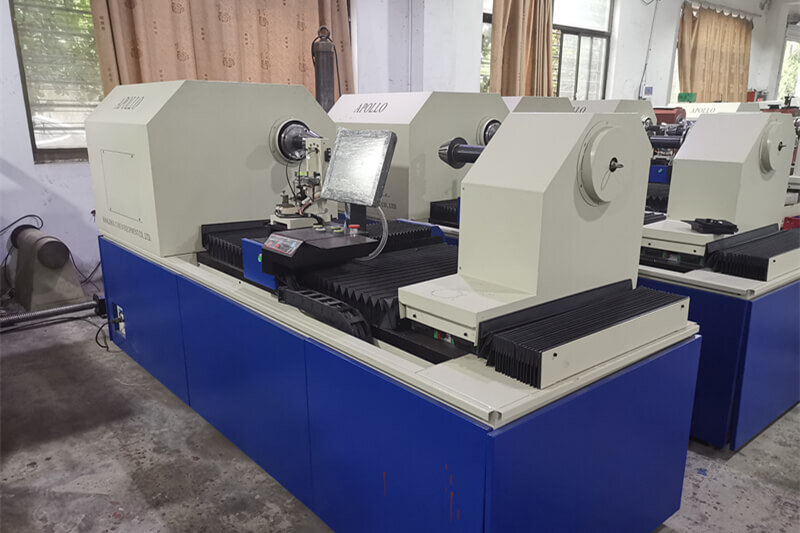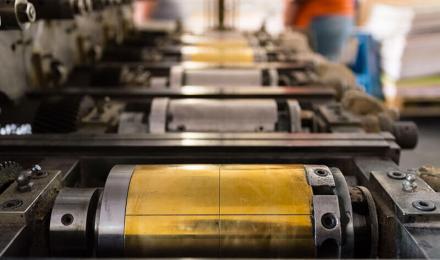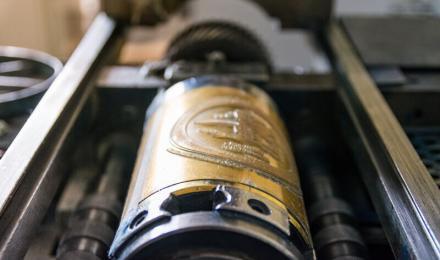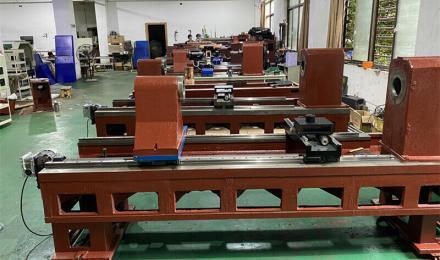The issue of the depth of the electronic plate-making engraving is one of the widely discussed in the printing industry. It is equally one of the most misunderstood topics. Most are the times that clients, customers, and salespeople emphasize the depth of engraving of the electronic engraving. But how realistic is this element of the depth of engraving? Does it make any impact on the print?
There is a misunderstanding that goes on with the people who consume electronic engraving technology. They believe that the deeper the etching, the better is the quality. But what they do not understand is the depth of mesh holes is dependent on many other factors. This guide will debunk some of the myths associated with the so-called ‘engraving depth.’
How much does the depth of engraving is needed to meet customer needs or certain quality? Is it really an important factor? The most important thing is to understand the technicalities of electric engraving. The network cable of the engraving plate for these machines is generally between 60-100 lines/cm. On the other hand, the angle of the dot or the angle of the network can be set between 30°-60°. That is the limit it can operate in.
In addition to that, the various colors used for printing have unique angles of the net. For the yellow color, it is usually 45° while red is 60° and black 30°. So the shape of the dots made for these colors will have these angles. This now means that we have two constant figures that may not change when engraving. We can also add the carving angle, which should always be 120 degrees.
With the lines range and the angle of the net range, it is very easy to determine the depth of the mesh. Now we want to see how deep you can go with electronic engraving with these factors at hand. With the angle and the lines, we now need to look at the open value. That is the length of the mesh at the top.
Let us say the opening value for the red color is 133um, and other factors remain the same. That’s 70 lines and a 60° network angle. This means we can use the triangle formulae to get the depth of the engraving. If you do it right, you will find an engraving depth of 38.39 um.
We still do another example to get the perspective of the electronic engraving depth. We can yellow, which has a net angle of 45 degrees and an opening value of 153um. If you use the same formula of the triangle, you will find the engraving depth to be 44.17um.
Let’s even look at the black color and see the kind of engraving depth it will give us. With the number of lines still being 70, the angle for the black color is 30 degrees, and we put a bigger open value- let’s say 175um. If you do the calculations, you will find that the engraving depth to be 50.52.
This shows that the biggest determining of the depth of the electronic engraving is the opening value. Where the opening value is the biggest, the depth of engraving is deeper. Even when the network angle is larger, that’s at 60 degrees, and the open value is small, the engraving’s depth is the smallest.
In the concave printing process, what matters most is the transfer of the ink to the substrate. It should not be about the volume of the ink. In fact, the above examples show that the volume of the cell’s ink and depth has no direct impact on the quality of the print. It is the ability of the cells to transfer ink onto the substrate.
So is the requirement for the depth of the electronic plate-making engraving realistic? Well, the examples we have shared show it may not have a big impact. What matters most are the other components that determine the depth. The mesh angle, cable lines, carving angle, and other relevant parameters matter the most.
It is good for customers to request the depth of the electronic plate-making engraving. However, they need more information about the technical aspects of electronic engraving.






